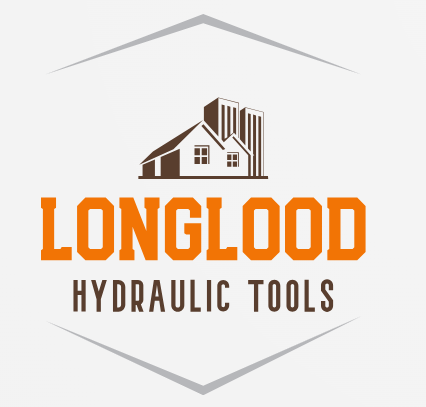Choosing the right hydraulic tensioning system involves considering various factors to ensure the tool meets the specific requirements of the application. Here are the key questions to address and factors to consider when selecting a hydraulic tensioning system:

Key Questions and Considerations
Is there any space limit for the tool’s working?
- Consideration: Assess the available working space where the tensioning tool will be used. Limited space may require a compact and lightweight tool design. Ensure the tool can fit around the bolts and within the working area without obstruction.
What is the distance between the bolts linked?
- Consideration: The distance between bolts can affect the choice of tensioning tool, especially if multiple bolts are tensioned simultaneously. It’s important to select a system that can accommodate the spacing and arrangement of the bolts.
What’s the size and degree of the bolt?
- Consideration: Determine the bolt diameter, length, and grade (material strength). These factors influence the required tensioning force and the size of the hydraulic tensioning tool. The tool must be compatible with the specific bolt sizes and capable of delivering the necessary tension.
How big is the tensioning force needed?
- Consideration: Calculate the required tensioning force based on the application’s specifications, including the bolt size and material. The tool must be able to generate sufficient force to achieve the desired tension.
What is the maximum pressure needed for the working?
- Consideration: Identify the maximum hydraulic pressure required to achieve the desired tensioning force. Ensure that both the tensioning tool and the hydraulic pump can handle the required pressure.
What kind of pump is suitable for the job—electric-driven, cua-tsav, or manual?
- Consideration: The choice of pump depends on factors such as the availability of power sources, portability, and the specific application requirements:
- Electric-Driven Pumps: Suitable for applications requiring high precision and consistent performance. They are ideal for use in settings with available electrical power and where speed and efficiency are important.
- Air-Driven Pumps: Ideal for environments where compressed air is readily available. They are often used in explosive or hazardous environments where electric power could pose a risk.
- Manual Pumps: Suitable for remote locations or situations where portability and ease of use are important. They are typically used for smaller jobs or where power sources are unavailable.
Additional Considerations
- Tool Durability and Maintenance: Consider the durability of the tool and ease of maintenance. Tools used in harsh environments should be robust and resistant to wear and corrosion.
- Kev nyab xeeb nta: Ensure the tensioning system has safety features such as pressure relief valves and overload protection to prevent accidents and equipment damage.
- Tool Compatibility: If the tensioning system will be used with other equipment, ensure compatibility with existing tools, accessories, and systems.
- User Skill Level: Consider the skill level required to operate the tensioning system. More complex systems may require trained operators, while simpler systems may be more user-friendly.
Conclusion
Selecting the right hydraulic tensioning system involves a careful assessment of the application’s requirements, including space limitations, bolt specifications, required tensioning force, and appropriate power sources. By addressing these key questions and considerations, you can choose a system that ensures safety, efficiency, and optimal performance for your specific application.

